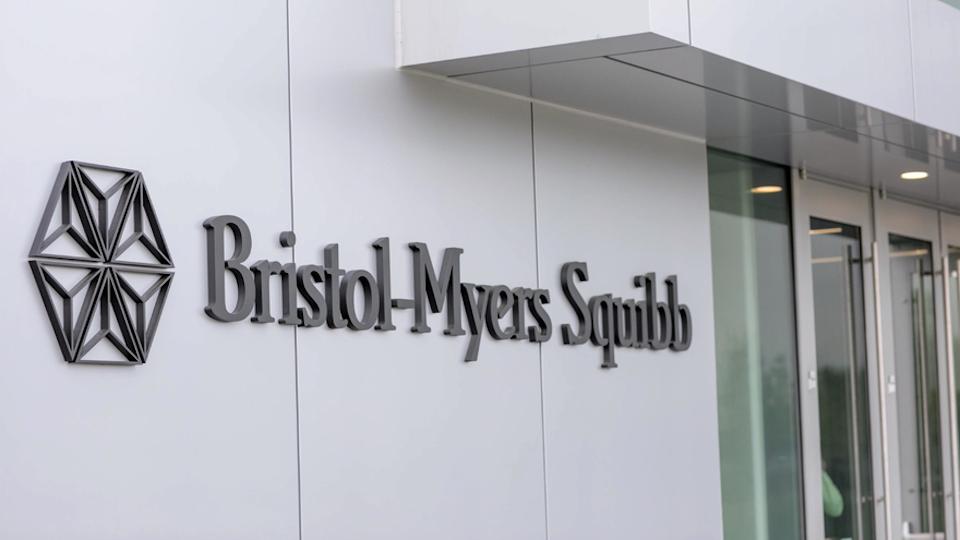FDA fast-tracks AZ's Farxiga in potential new CKD indication

The FDA has fast-tracked AstraZeneca’s Farxiga in a potential new use, to delay progression of renal failure and prevent cardiovascular death and renal death in patients with chronic kidney disease (CKD).
AZ acquired Farxiga (dapaglifozin) after it bought out Bristol-Myers Squibb’s share in a diabetes alliance between the two companies in 2014, and it is turning out to be one of the company’s most important drugs.
It is one of the company’s top 10 drugs by sales, increasing 14% to $726 million in the first half of the year, although this was slower than the growth seen in 2018 when sales grew at 30% to $1.39 billion.
But the good news for AZ is that the SGLT2 class medicine, branded as Forxiga in some countries, could also be useful outside diabetes, thanks to cardiovascular benefits shown in trials.
The phase 3 DAPA-CKD trial is already under way to see if Farxiga has an effect on renal outcomes and cardiovascular mortality in patients with CKD, with or without type 2 diabetes.
In addition to the DAPA-CKD trial, Farxiga is also being developed for patients with heart failure in the DAPA-HF (HFrEF), DELIVER (HFpEF) and DETERMINE (HFrEF and HFpEF) trials.
Farxiga has been approved since 2014 as both monotherapy and as part of a combination therapy to improve glycaemic control in adults with type 2 diabetes as an adjunct to diet and exercise.
The FDA’s Fast Track programme is designed to accelerate the development and review of new medicines for the treatment of serious conditions where there is an unmet treatment need.
The designation was assigned to CKD patients with and without type-2 diabetes (T2D).
Eli Lilly and Boehringer Ingelheim are also developing their SGLT2 drug Jardiance (empagliflozin) for CKD, and other drugs in the class have shown potential in this disease too.
Earlier this month Farxiga became the first drug in its class to show efficacy in patients with heart failure, with or without type 2 diabetes in DAPA-HF.
This followed the disappointment of the FDA's rejection of the drug in type 1 diabetes the previous month.
Benefits of Fast Track include more frequent meetings with FDA officials to discuss a development plan, and the potential for a shorter priority review lasting only six months instead of the standard ten months.












